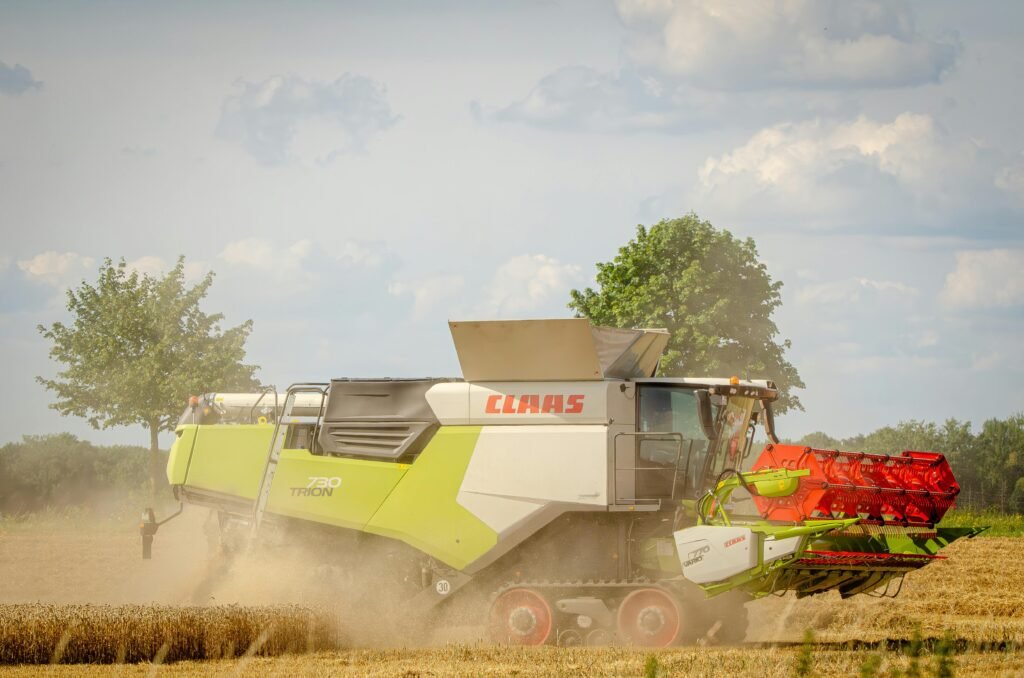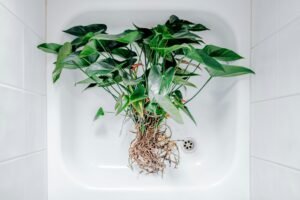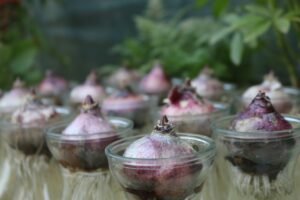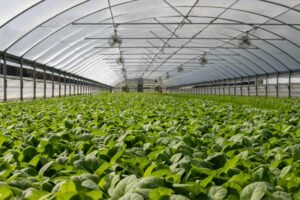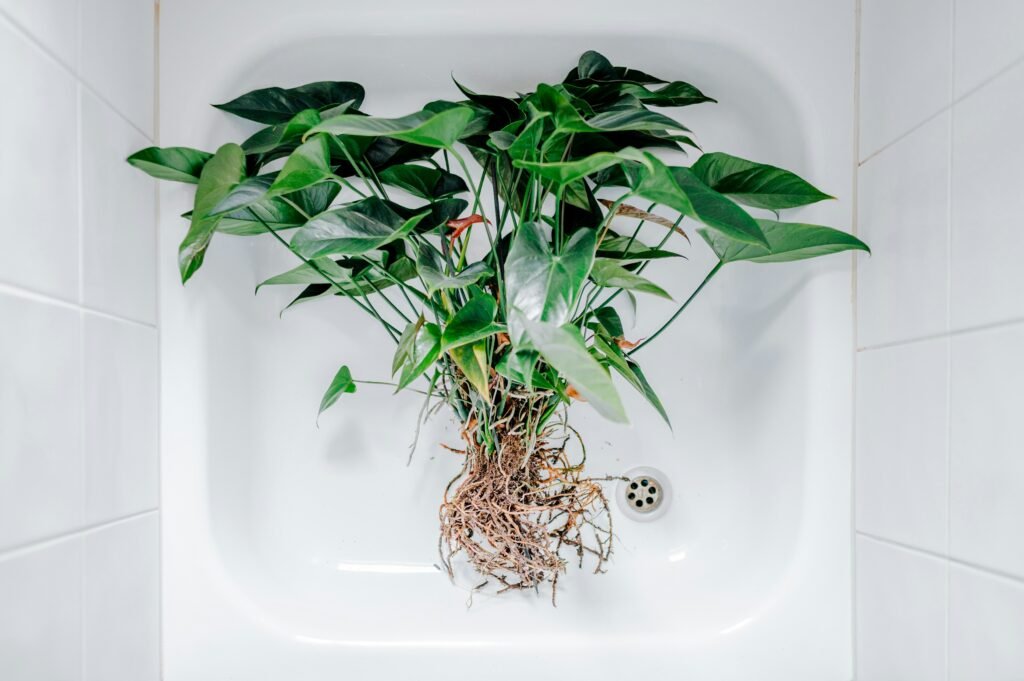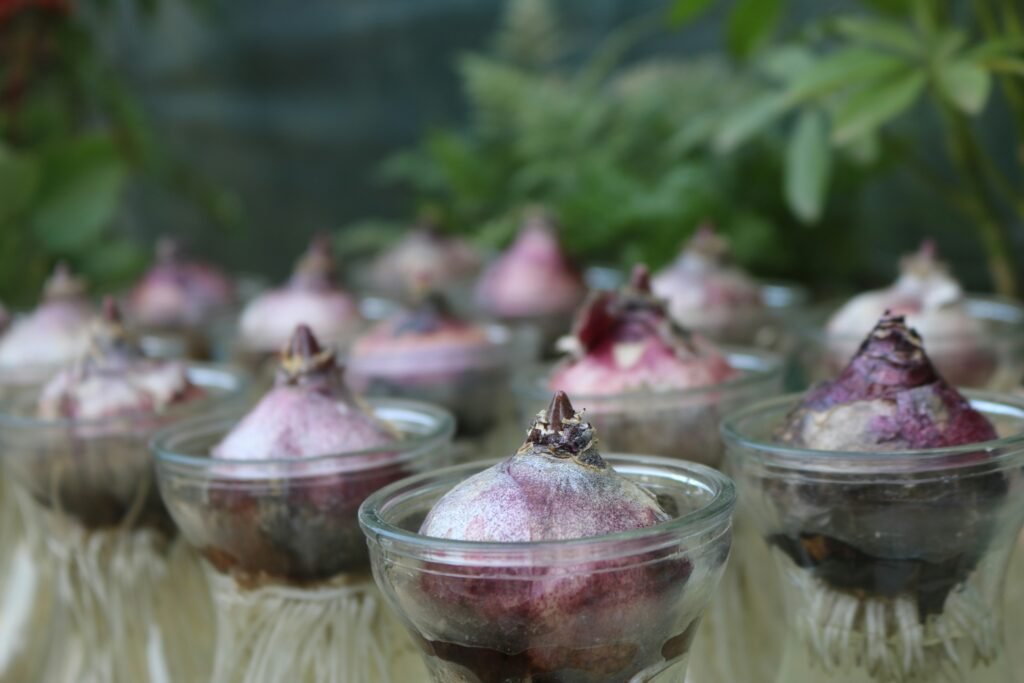Planning Your Hydroponic System
Proper planning is a cornerstone of any successful hydroponic farming venture. The first step is to choose the type of hydroponic system that suits your needs. Common options include Deep Water Culture (DWC), Nutrient Film Technique (NFT), Ebb and Flow, and Aeroponics. Each system has its own set of advantages and challenges, making it crucial to match your selection with your available resources and expertise.
Secondly, thoughtful crop selection is vital in planning your hydroponic garden. Leafy greens like lettuce and spinach are generally easier to grow for beginners, while fruiting plants such as tomatoes and peppers may require more sophisticated systems and care. Evaluate your consumer market or personal preference to ensure that the crops you choose are both viable and desirable.
Equally important is considering the space and environmental conditions that you have at your disposal. Hydroponic systems can range from small countertop units to large commercial setups. Assess the available area for your garden, whether it be in a spare room, garage, or backyard greenhouse. Pay close attention to factors such as light, temperature, and humidity, as these will significantly impact plant growth and system efficiency.
Setting a realistic budget is another critical aspect of planning. While hydroponic farming can be cost-effective in the long run, the initial setup can involve substantial expenditures. Determine your financial capacity and identify the essential components that fit within it. This includes grow lights, pumps, reservoirs, and nutrients. Prioritizing these items will ensure your system functions correctly from the outset, reducing the likelihood of unexpected costs down the line.
Finally, decide the scale of your project. Whether you aim to start small as a hobbyist or plan to expand into a commercial venture, having a clear understanding of your goals will guide decision-making throughout the process. Establishing both short-term and long-term objectives can help in managing resources efficiently and achieving sustainability.
Essential Equipment and Materials
Starting hydroponic farming on a budget involves acquiring the right equipment and materials without breaking the bank. To set up your hydroponic system, you’ll need a few essential items that can be sourced inexpensively through various outlets including second-hand stores, online marketplaces, or DIY alternatives.
Grow lights: Since hydroponic systems often operate indoors, grow lights become an indispensable element. Different types of grow lights such as LED and CFL are available. LEDs are energy-efficient and have a longer lifespan, making them a cost-effective choice. You can find affordable options on online marketplaces like eBay or through DIY solutions.
Nutrient solutions: Plants in hydroponic systems rely on nutrient solutions for their growth. Premixed solutions are available, but they can be costly. An alternative is to purchase individual nutrients and create your own mix. Online forums and hydroponic communities often share recipes and tips for budget-friendly nutrient mixes.
pH meters: Monitoring the pH level of your nutrient solution is crucial for plant health. A reliable pH meter is vital, but it doesn’t have to be brand new. Look for second-hand options or budget digital meters online. Additionally, pH test kits using liquid or strips are a cheaper albeit less precise option.
Air pumps and bubblers: These are essential for oxygenating the nutrient solution, especially in water culture systems. Basic aquarium air pumps and tubing can suffice and are often found for reasonable prices at pet stores or online platforms.
Containers: Containers or pots hold the plants and the nutrient solution. Opt for inexpensive plastic containers or repurpose old household items like storage bins. Additionally, second-hand stores can be a goldmine for budget-friendly containers.
Balancing cost and quality can be challenging but not impossible. By utilizing second-hand stores, online marketplaces, and DIY solutions, one can gather all necessary hydroponic farming equipment and materials without exceeding their budget.
Hydroponic farming, an innovative method of growing plants without soil, offers numerous advantages, including faster growth rates and reduced water usage. However, setting up a hydroponic system requires careful planning and execution. This guide outlines the essential steps for assembling a basic hydroponic system, ensuring a successful and cost-effective venture into this modern farming technique.
Assembling the System
The first step in creating your hydroponic system is selecting a suitable structure. Popular choices include nutrient film technique (NFT), deep water culture (DWC), and wick systems. Start with a simple DWC system, which involves suspending plant roots in a nutrient-rich solution. Gather the materials: a container for the nutrient solution, net pots, growing medium (like clay pellets), an air pump with air stones, and PVC pipes for construction.
Drill holes in the container lid to fit the net pots. Assemble the supporting structure using PVC pipes, ensuring it can hold the container securely. Place the air stones at the bottom of the container, connecting them to the air pump to oxygenate the water.
Installing Grow Lights
Proper lighting is crucial for indoor hydroponic systems. Full-spectrum LED grow lights are energy-efficient and ideal for all growth stages. Position the lights above the plants, adjusting the height to maintain optimal light intensity. On average, plants require 14-16 hours of light per day. Using a timer can help automate this process and ensure consistency.
Mixing Nutrient Solutions
Hydroponic plants require a balanced nutrient solution, which provides essential minerals. Use commercially available hydroponic nutrient mixes, following the manufacturer’s instructions for dilution. Regularly replace the solution to prevent nutrient imbalances and ensure healthy plant growth.
Calibrating pH Levels
Maintaining an appropriate pH level is crucial in hydroponic farming; most plants thrive in a pH range of 5.5 to 6.5. Use a pH meter for accurate readings and make adjustments with pH up or pH down solutions as necessary. Regular monitoring helps avoid nutrient lockout, a common issue where plants cannot absorb nutrients effectively due to incorrect pH.
While establishing your hydroponic setup, avoiding common pitfalls like inadequate light, poor aeration, and incorrect nutrient concentrations is essential. Regularly check the system for any signs of stress, such as yellowing leaves or stunted growth, to address issues promptly. By carefully following these steps, you can create a thriving hydroponic garden on a budget.
Choosing and Maintaining Plants
Choosing the right plants for your hydroponic system is crucial to successful and efficient farming, especially when operating on a budget. Beginners should opt for plants that are not only easy to grow but also have lower maintenance requirements. Leafy greens such as lettuce, spinach, and kale are excellent choices due to their resilience and fast growth rates. Additionally, herbs like basil, parsley, and mint thrive in hydroponic setups and offer the added benefit of being used in a variety of culinary applications.
When selecting plants, it is important to consider compatibility and specific growth requirements. Plants need to share similar needs regarding light, temperature, and pH levels to cohabit successfully in the same system. Also, ensure that your selection suits the space available and the type of hydroponic system you choose, whether it be Nutrient Film Technique (NFT), Deep Water Culture (DWC), or another method.
Maintaining your hydroponic plants involves careful management of several critical factors. Nutrient management is one of the vital aspects; hydroponic plants acquire their essential nutrients directly from the nutrient-rich water solution. Using a high-quality hydroponic nutrient mix ensures that plants receive balanced macronutrients and micronutrients necessary for optimal growth. Regularly check and adjust the nutrient solution’s electrical conductivity (EC) and pH levels to keep your plants healthy.
Water quality is another crucial element in hydroponic farming. It’s important to use filtered or distilled water to prevent the accumulation of harmful salts and minerals. Regularly monitor and replace the water in your system to prevent stagnation and the growth of pathogens. Additionally, oxygenating the water via pumps or air stones can help maintain robust root health.
Ensuring proper light cycles also plays a key role in plant maintenance. Most hydroponic plants require at least 12-16 hours of light daily, which can be provided by LED grow lights. These lights are energy-efficient and can be adjusted to emit specific light spectrums ideal for plant growth. Moreover, be mindful of the temperature and humidity within your growing environment, as fluctuations can stress plants and inhibit growth.
By carefully selecting beginner-friendly plants and diligently maintaining them through effective nutrient management, water quality control, and proper light cycles, you can create a thriving hydroponic system without excessive expenditure.
Cost-Saving Tips and Tricks
Starting a hydroponic farming venture on a budget is entirely feasible with some strategic considerations. One of the primary ways to keep costs in check is by repurposing common household items. For instance, old containers, jars, and plastic bottles can be transformed into plant pots and reservoirs. Pallets can serve as excellent structures for vertical gardens, while unused PVC pipes can be converted into effective hydroponic systems.
An additional cost-saving measure involves DIY substitutes for expensive equipment. Instead of purchasing high-priced grow lights, you can use affordable fluorescent shop lights that are readily available from most hardware stores. Building your own grow beds using reclaimed materials such as leftover wood or metal scraps can also significantly reduce expenses. Moreover, creating simple timers with basic tools can help to automate watering systems without the need for advanced technology.
Another critical aspect of cost efficiency in hydroponic farming is energy and water conservation. Installing LED grow lights, which use less power compared to traditional lighting, can result in considerable savings on energy bills. To minimize water usage, implementing a drip irrigation system will ensure precise hydration of plants, reducing runoff and wastage. Collecting rainwater in barrels for irrigation is an environmentally friendly and budget-friendly option, as well.
Purchasing supplies in bulk is a proven strategy for reducing overall costs. Buying nutrients, growing mediums, and seeds in larger quantities often comes with discounts and lowers the cost per unit. Furthermore, using reusable materials, such as fabric grow bags and net pots, can reduce the need for frequent replacements, offering long-term savings.
By employing these cost-saving tips and tricks, setting up and maintaining a hydroponic garden on a budget becomes a manageable and rewarding endeavor. Not only do these strategies make hydroponic farming more affordable, but they also encourage sustainable practices that benefit both the grower and the environment.
Monitoring and Troubleshooting
Maintaining plant health and achieving optimal growth in hydroponic farming necessitates careful and consistent monitoring. Regular assessment of pH levels, nutrient concentrations, and water quality forms the foundation of a robust hydroponic system. Correct pH levels, typically between 5.5 and 6.5, ensure that nutrients remain available to plants and are not locked out due to acidity or alkalinity. Invest in a reliable pH meter to frequently measure and adjust the pH as necessary, using appropriate buffer solutions.
Nutrient concentration, or electrical conductivity (EC), is equally critical. Regularly check the EC levels to ensure plants receive the right balance of nutrients. Over time, plants absorb nutrients which lower the EC, requiring periodic replenishment of the nutrient solution. Conversely, consistently high EC levels can indicate excess nutrients, risking plant damage or nutrient lockout. Using a quality EC meter simplifies maintaining optimal nutrient strength, contributing to vigorous plant growth and productivity.
Water quality is another pivotal factor. It is essential to use clean, filtered water to prevent the accumulation of impurities that might hinder plant health. Regularly inspect the water for any signs of cloudiness, odors, or particulates which might indicate the presence of harmful bacteria or algal growth. Keeping the reservoir covered and ensuring proper aeration can prevent such issues and maintain water quality.
Despite meticulous management, issues like nutrient deficiencies, pests, and diseases can still arise. Identifying nutrient deficiencies often begins with observing plant symptoms such as chlorosis, stunted growth, or leaf discoloration. Refer to a nutrient deficiency guide to diagnose and amend with targeted nutrient adjustments.
Integrated Pest Management (IPM) is crucial for preventing pests. Regularly inspect plants for signs of infestations such as bites, webs, or residue. Employ biological controls like beneficial insects or introduce organic pesticides as a last resort to maintain a healthy ecosystem. Additionally, guard against diseases by ensuring proper air circulation and humidity control within the hydroponic system, reducing the risk of fungal growth and other pathogens.
Scaling Up Your Hydroponic Garden
Once you have familiarized yourself with the basics of hydroponic farming and achieved a degree of confidence, scaling up your operations becomes the logical next step. Expanding your hydroponic garden involves several key aspects that need careful planning and execution for a successful transition.
One of the first considerations is expanding your hydroponic system. This could mean increasing the number of growing units or adding new types of hydroponic setups, such as aeroponics or vertical farming systems. Diversifying your crops is another strategic move to make. Growing a wider variety of vegetables, herbs, and fruits can not only boost your yield but also cater to different market needs, thereby increasing your profitability.
Investing in advanced equipment is crucial for scaling up. Technologies such as automated nutrient dosing systems, climate control systems, and advanced LED grow lights can significantly enhance productivity and efficiency. These investments, however, require thorough budgeting. Assess your financial position carefully, and weigh the potential return on investment (ROI) before committing to any major purchase.
As your operation grows, continuous learning remains essential. Stay updated with the latest research, trends, and technologies in hydroponic farming. Participate in seminars, online courses, and community forums to acquire new knowledge and skills. Efficiency can often be improved by adopting techniques such as integrated pest management (IPM) and optimizing your nutrient solutions.
Effective budgeting is perhaps the most critical aspect of scaling up. It’s imperative to have a clear financial plan that accounts for both one-time investments and ongoing operational costs. Ensure that your revenue projections are realistic and based on solid data and that you have a contingency plan for unforeseen expenses.
Scaling up your hydroponic garden can be an exciting and rewarding endeavor, provided it’s approached with strategic planning, continuous learning, and prudent financial management. These efforts will go a long way in ensuring the longevity and success of your hydroponic farming business.
